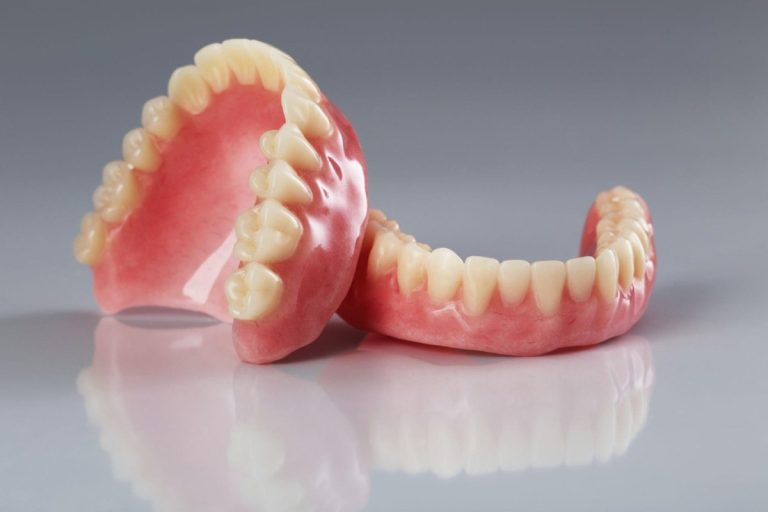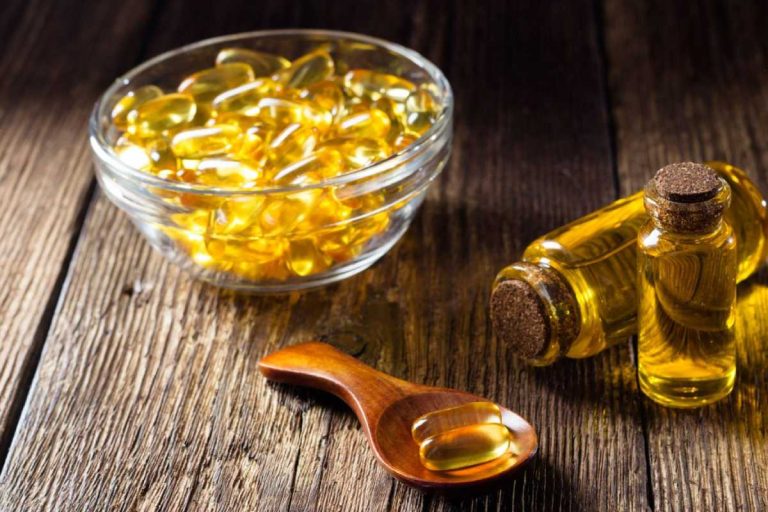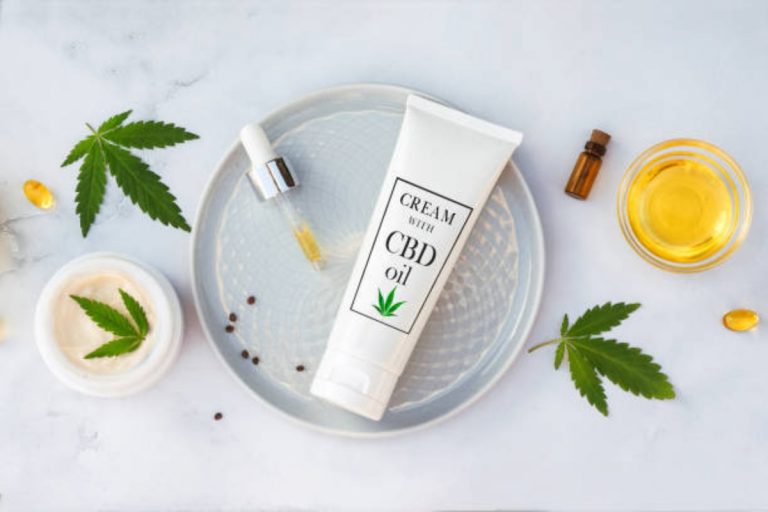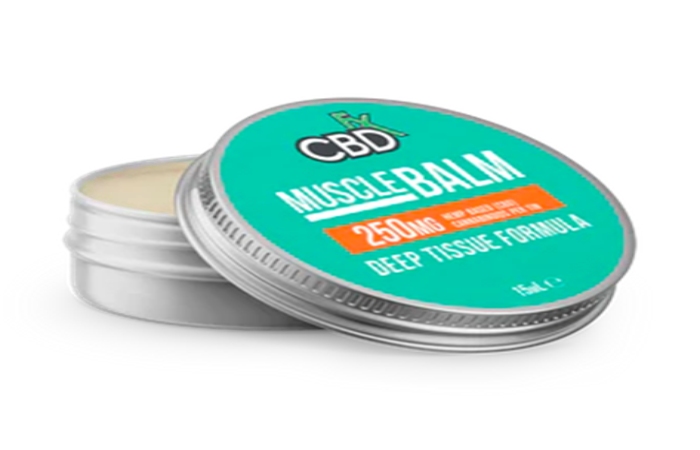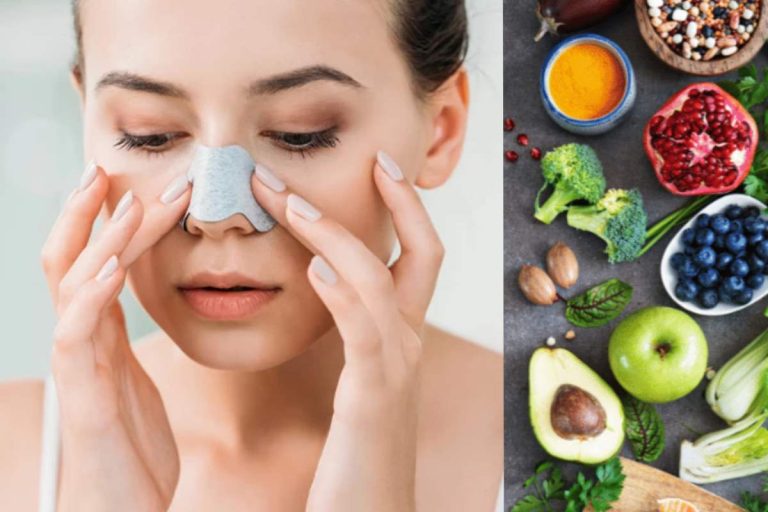Tummy Tuck Surgery: Are you considering a tummy tuck, also known as abdominoplasty? This popular cosmetic procedure has helped countless individuals achieve a firmer and more toned abdominal area.
If you’re eager to get rid of excess fat and skin in the abdominal region, it’s crucial to understand the various options available to you.
Let’s take a closer look at the different options for tummy tuck surgery in High Point, NC, so you can make an informed decision about which one suits your needs.
Table of Contents
Traditional Tummy Tuck
The traditional tummy tuck, or full abdominoplasty, is the most common choice for individuals looking to address significant abdominal concerns.
This procedure involves making a horizontal incision from hip to hip, just above the pubic area. The surgeon then removes excess skin, tightens the underlying muscles, and repositions the belly button, if necessary.
This method is suitable for those with substantial excess skin and weakened abdominal muscles, often caused by pregnancy or significant weight loss.
Mini Tummy Tuck
The mini tummy tuck, or partial abdominoplasty, is a less invasive option for individuals with milder concerns. It focuses on the lower abdomen and involves a shorter incision.
The surgeon may not need to reposition the belly button, and muscle tightening is typically not as extensive.
This procedure is ideal for those who have localized fat deposits or loose skin in the lower abdominal area and do not require a full tummy tuck.
Extended Tummy Tuck
The extended tummy tuck is designed for individuals who need more than just abdominal contouring. It targets not only the abdomen but also the flanks or hips.
This procedure includes a longer incision that wraps around the hips to address excess skin and fat in the lateral areas.
If you have lost a substantial amount of weight or are concerned about excess skin around your sides, an extended tummy tuck may be the right choice for you.
Circumferential Tummy Tuck
Also known as a belt lipectomy, the circumferential tummy tuck is a comprehensive procedure that targets the entire midsection.
It involves a 360-degree incision, allowing the surgeon to address excess skin, fat, and muscle laxity not only in the front but also in the back.
This option is often chosen by individuals who have experienced dramatic weight loss, resulting in loose skin circumferentially.
Fleur-de-Lis Tummy Tuck
The fleur-de-lis tummy tuck is a modification of the traditional tummy tuck, typically chosen by individuals who have lost a significant amount of weight.
In addition to the horizontal incision made low on the abdomen, a vertical incision is created, resulting in a T-shaped scar.
This technique allows for more extensive removal of excess skin, particularly in the vertical dimension. It’s a suitable option for those with severe skin laxity.
Reverse Tummy Tuck
While most tummy tucks focus on the lower abdomen, the reverse tummy tuck is designed to address concerns in the upper abdominal region.
This procedure involves an incision just below the breasts, allowing the surgeon to tighten and remove excess skin in the upper abdomen.
It is often chosen by individuals who have experienced skin laxity in the upper abdominal area without significant issues in the lower abdomen.
Endoscopic Tummy Tuck
The endoscopic tummy tuck is a minimally invasive option that utilizes a tiny camera and small incisions. This procedure is ideal for individuals with minimal skin laxity and muscle concerns.
It involves the use of specialized instruments to tighten the abdominal muscles and remove small pockets of fat.
While it may not provide as dramatic results as other tummy tuck variations, it offers a quicker recovery and less scarring.
Composite Tummy Tuck
The composite tummy tuck combines the traditional tummy tuck with liposuction.
This approach allows the surgeon to remove excess fat and sculpt the abdominal area during the same procedure.
It’s an excellent choice for individuals who have both excess skin and localized fat deposits.
High Lateral Tension Tummy Tuck
The high lateral tension tummy tuck is a technique that places a strong emphasis on muscle tightening and a natural-looking, youthful abdominal contour.
It addresses not only the front of the abdomen but also the flanks. This procedure results in a firmer, more sculpted appearance, making it a popular choice for those seeking a toned midsection.
Brazilian Tummy Tuck
The Brazilian tummy tuck, also known as the “lipoabdominoplasty,” combines the traditional tummy tuck with liposuction and fat grafting.
It not only removes excess skin and fat but also enhances the contours of the abdomen by transferring the removed fat to other areas, such as the buttocks.
This option is especially appealing to those looking for a comprehensive body contouring solution.
Choosing the right tummy tuck surgery option depends on your individual needs and goals.
Whether you require a full abdominoplasty to address substantial concerns or a mini tummy tuck to target specific problem areas, there is a solution tailored to you.
Be sure to consult with a board-certified plastic surgeon who can assess your unique situation and guide you in selecting the most appropriate tummy tuck procedure.
With the right choice, you can achieve the toned and contoured abdomen you desire.



